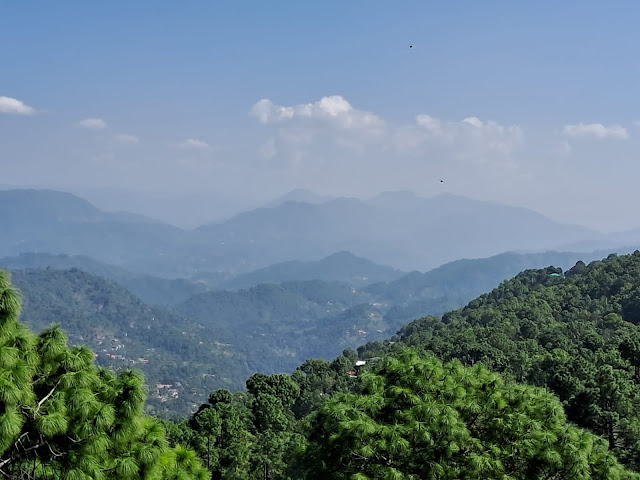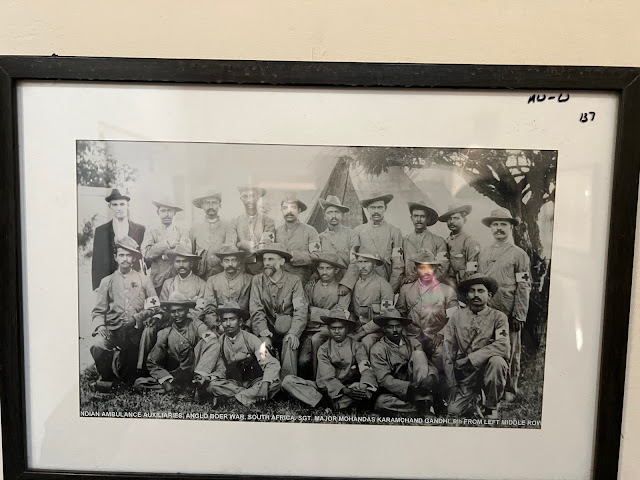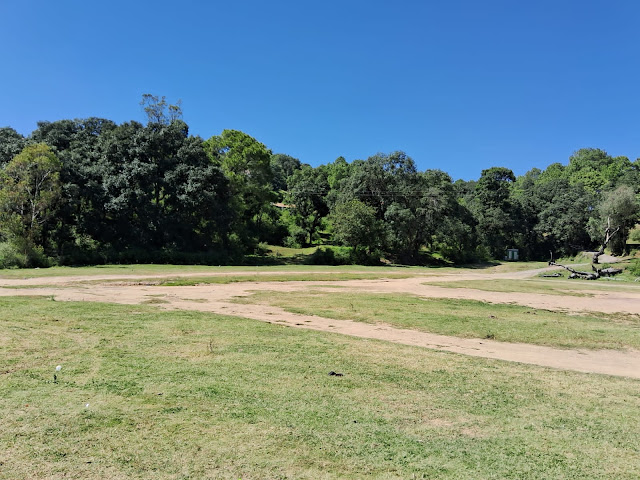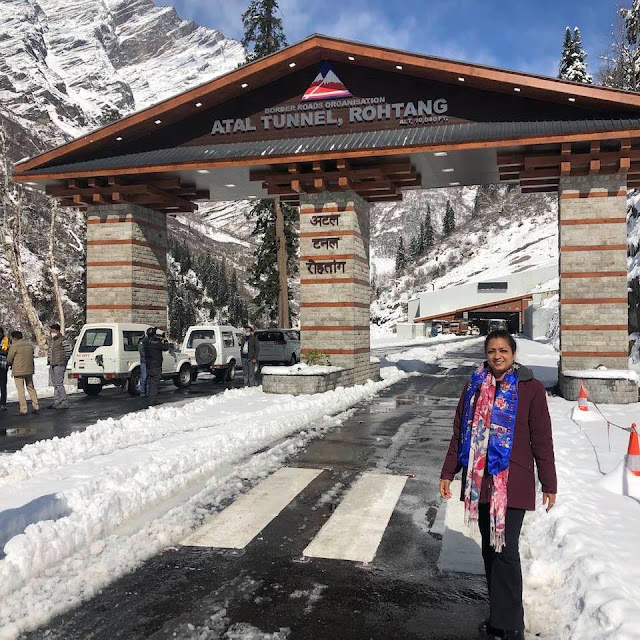Town of Tranquility and History - DAGSHAI
For me there could not have been a better way to remember Gandhiji on his birth anniversary than to visit one of the places he visited in Himachal. It showcases Gandhiji’s love and support for Irish mutineers and also their influence on his thoughts.
The Dagshai hills were under Raja of Patiala and from him the Britishers took away (free of cost) five villages to house one of their Army units near Ambala Cantt. One of the village was called Dagshai and hence the name. Popular legends say that the name is derived from the term – “Daag - i - Shahi” – the ‘Daag’ or the ‘mark’ the Mughals used to put on the foreheads of their hardened prisoners before sending them to this area as outcasts.
Initially developed as a sanitarium for TB patients, the town gained prominence after the setting up of the Army cantonment in 1847 and building of a Military jail in 1849 at a cost of Rupees 72 thousand under the supervision of General Napier. This was a ‘jail’ for fauji prisoners (no civilians were housed in this jail during British times).
Dagshai is
not termed as a big tourist destination in today’s times as there are hardly
any hotels or big Malls or eating joints – but it attracts people who are keen
on re-discovering history and taking tranquil long walks amidst the green chir
forests. It is also a showcase of how the passion of one man helped in restoring the history of this town and bringing it back into Tourist circuit - Mr Anand Kumar Sethi
Visiting a Jail never evokes good emotions as one starts imagining the hard life of the prisoners and more so if one is shown a big ‘Bell’ hung on the main entrance which used to ring only when a prisoner was ‘hanged or shot’ or at English festivals - but with Mr Sethi, who also is the curator of this jail, the experience was different.
Dagshai Jail is a small T shaped structure with only 54 cells – 27 normal, 27 for solitary confinement, one VIP and one T&P cell (torture and punishment). As was the system in those days – the cells hardly had much space, no proper light or ventilation and no sanitation. Solitary cells were pitch dark with no facilities of any kind.

 The main Cells and Solitary Confinement cells
The main Cells and Solitary Confinement cells

 The T & P - Torture and Punishment Cell
The T & P - Torture and Punishment Cell
The jail also had a unique punishment system known as “bread and water’ punishment where a miscreant was made to stand for hours in a narrow space between two doors with just water and bread and no room for any movement. This jail was a ‘No escape Jail’ – as no prisoner ever escaped from here.
Surprisingly the jail was way ahead of its time with rain water harvesting system, water pumps, ventilation ducts, a black smithy corner to make the prisoner’s chains and a fire hydrant installed in 1865.
Dagshai came into news when Gandhiji came to visit the Irish Mutineers in support of their cause in 1920. Though arrangements of his stay were made outside but he insisted on staying in the Jail and was housed in the only VIP cell of the building. The leader of this mutiny – James Daly, a private from the 1st battalion Connaught Rangers, was shot dead in November 1920 (the last English man to be shot on political grounds). His remains were eventually carried back to Ireland in 1970’s to be buried there with full military honors.
The VIP Cell where Gandhiji stayed for 2 days
Some prominent inmates were the Gorkha soldiers after 1857 revolt, leaders of Komagata Maru incident, Boer war POW’s and the last to be housed - Nathuram Godse in transit to Shimla for his trial in 1949 in cell no 6 just next to the main entrance. What a coincidence. He also was the last prisoner of this Jail.
The jail now has many exhibits and details of the inmates housed here. It has a small museum of many pictures and descriptions all painstakingly created by Mr Sethi with the help of his wife Deepa, the Military Command, relatives of the previous inmates and British and Irish Governments.
 The Army School ground where first Durrand Cup took place in 1888
The Army School ground where first Durrand Cup took place in 1888































Once again, a well crafted piece of Himachal is presented here! Every land has umpteen tales to tell, it is up to the traveler to unravel them and marvel at the surprises they unearth. Thanks so much @anurita for bringing these stories to us 🥰
ReplyDeleteThanks a lot
DeleteAn excellent explication of a place not only known for its imperturbation and natural beauty but also for many historical actions and happenings that took place at Dagshai during the British era .You have really come out with an amalgam of historical and uncanny details through your eximiously written and pictorial blog .
ReplyDeleteWonderful exploration and unfolding the untold story of such a unique and historically enriched town, really loved it 💕💕
ReplyDeleteVery informative blog , and pictures are awesome. Looking like some old Hollywood movie. 👌👌
ReplyDeleteGreat exploration, Anurita! Takes one down the historic lanes of this lesser known place. Beautiful pictures too !!
ReplyDeletePrabha 🌷
Dagshai is a place hardly much people know about they just zoom past on highway leading to shimla whereas this tiny historical wonder is a destination in itself! I will advise traveller's to take a small detour to your right after dharmpur and take a drive up the hill all the way to Gandhi gram and join back highway at kumarhatti it may be the best drive ever in shivaliks. Thanks me later!!!
ReplyDeleteI wish I were there in Dagh-e-Shahi.
ReplyDeleteA great write-up.
Every word written in description of Dagshai is accurate & true. Excellent pictures too, of one of my favourite places.
ReplyDeleteInformative Blog !!
ReplyDelete